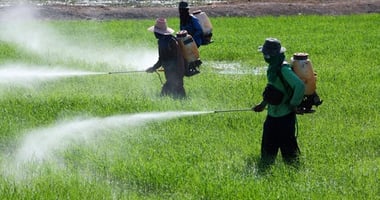Though the etiology of autism is complex but still unclear, scientists have linked a novel...
New Evidence for Air Pollution as Autism Risk
 |
Studies of the effects of air pollution have typically tracked growth, lung function, or mortality in developing children but less often on fetuses, said Ritz on Sunday at the annual meeting of the American Association for the Advancement of Science in Washington, D.C.
So Ritz and her colleagues used data from 200 air monitors emplaced across Los Angeles according to a land use regression model they developed. This model was based on approximately 300 measurements of outdoor air pollution taken during 2006-2007 in locations across Los Angeles County. The researchers linked that information with 7,603 cases of autism among children born in Los Angeles from 1995 to 2006 and diagnosed with autism between 1998 and 2009 as recorded by the California Department of Developmental Services. The researchers compared each child in this cohort with 10 children who were born during the same period but did not have autism.
The researchers found an increased risk of autism of 9 percent for higher interquartile rates of ozone, 8 percent for particles 2.5 [mu]m or smaller, and 9 percent for nitric oxide and nitrogen dioxide exposure. Research by others has suggested that prenatal exposure to these pollutants may have adverse neuromotor or neurobehavioral effects. Ritz also observed higher rates among children of mothers with less than a high school education, a pattern opposite to that seen in clinics, where children of better educated parents present more frequently.
Although pollution levels have declined in Los Angeles in recent decades, the study suggests that heavily polluted cities like Beijing should be concerned about the connection with autism, Ritz concluded.
For more in Psychiatric News about air pollution and autism risk, see “Autism Linked to Air Pollution In Preschool Children.”
(Image: Tyler Olson/Shutterstock)





